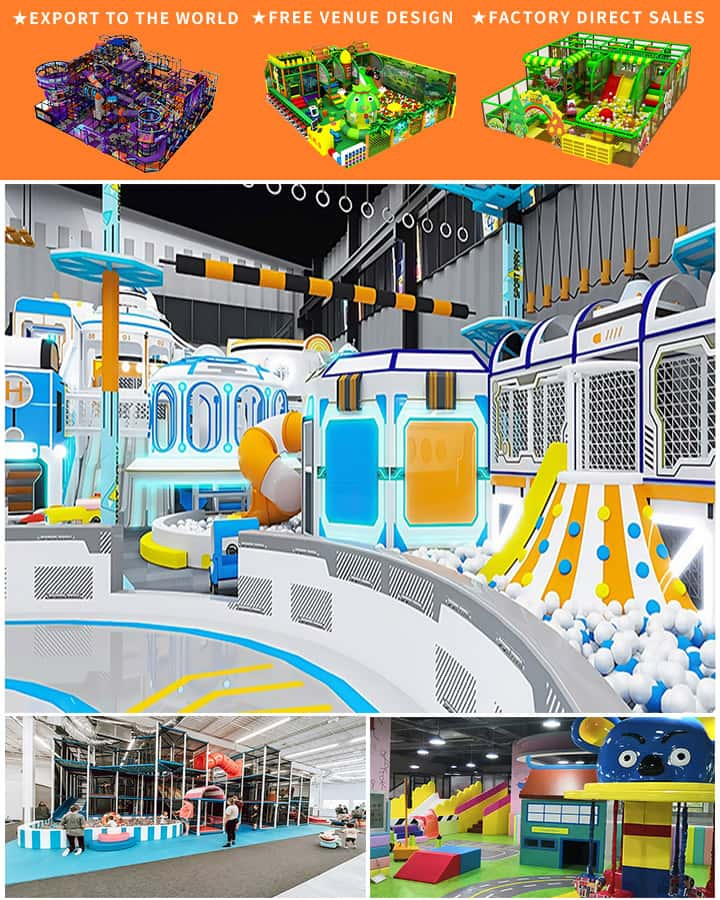Playgrounds are more than just a place for kids to run around and have fun—they are a crucial space for social interaction, physical development, and emotional growth. For children with autism, the right playground equipment can make all the difference in their ability to engage, interact, and benefit from playtime. This article explores the importance of inclusive playground equipment designed specifically for autistic children and highlights some features that can enhance their experience.
Understanding Sensory Needs
Children with autism often have heightened sensory needs. Standard playground equipment, which might be visually and audibly stimulating to others, can sometimes overwhelm an autistic child. Therefore, it’s essential to provide sensory-sensitive options that cater to their unique requirements.
1. Visual Stimuli
Equipment designed with calming colors and patterns can reduce visual overload. Avoid overly bright colors or busy designs that might distract or distress children on the autism spectrum. Instead, opt for softer hues and simple shapes that offer a more soothing environment.
2. Auditory Stimuli
Noisy playgrounds with clanging metal swings or screeching slides can be unsettling for autistic children. Incorporating sound dampening materials and quieter play structures helps create a more comfortable auditory landscape.
Promoting Social Interaction
One of the most beneficial aspects of playgrounds is the opportunity for social engagement. However, children with autism may find it challenging to navigate social settings. Inclusive playground design can facilitate better social interactions by incorporating the following features:

1. Interactive Installations
Equipment like interactive panels, musical instruments, and collaborative games encourage group play and communication. These installations can help autistic children develop social skills in a structured yet enjoyable way.
2. Designated Quiet Areas
While promoting social interaction is vital, it’s equally important to respect the need for downtime. Quiet zones or sensory retreats within the playground can provide a safe space for children to relax and recharge if they feel overwhelmed.
Ensuring Physical Accessibility
Physical accessibility is another critical factor in designing inclusive playgrounds. Autistic children may have varying levels of physical ability, necessitating adaptable and versatile play equipment.
1. Adjustable Heights and Widths
Swings, slides, and climbing frames with adjustable heights and widths ensure that children of different sizes and abilities can enjoy the playground safely and comfortably.
2. Non-Slip Surfaces
Safety surfacing made from non-slip materials reduces the risk of falls and injuries, providing peace of mind for both parents and caregivers.
Benefits Beyond the Playground
The benefits of inclusive playground equipment extend beyond immediate play. Engaging in age-appropriate, sensory-sensitive activities can lead to significant improvements in various areas of development for autistic children, including:
1. Enhanced Motor Skills
Interacting with well-designed playground equipment helps improve coordination, balance, and overall motor skills.
2. Increased Confidence
Successfully navigating playground challenges boosts self-esteem and fosters a sense of independence.
3. Social Inclusion
Facilitated social interactions on the playground can translate into better peer relationships in school and other social settings.
Conclusion
Inclusive playground equipment designed with the unique needs of autistic children in mind plays a vital role in ensuring that every child has an enjoyable and enriching play experience. By focusing on sensory sensitivity, promoting social interaction, and ensuring physical accessibility, we can create environments where all children are welcome to play, learn, and grow together. Investing in such inclusive designs not only benefits individual children but also contributes to a more understanding and accepting community.




